Mandatory WGEA reporting is helping Australia move towards greater gender pay equality. The other good news is that it doesn’t have to be complicated.
Australia’s gender *pay gap currently sits at 21.8% – meaning women earn approximately 78 cents for every dollar men earn on average. The statistic is sobering, especially as Australia marks International Women’s Day for another year.
While Australian employers are making progress, there is clearly still plenty of work to be done, and investing in your Workplace Gender Equality Agency (WGEA) reporting process is one meaningful way to take action toward closing the gender pay gap, while also remaining compliant.
How does WGEA reporting work?
If you have 100 or more employees in Australia, you must provide a detailed report to WGEA in relation to the action you’re taking to address gender pay gaps.
This data allows the WGEA to track and promote gender equality across Australia. This year, the WGEA theme is ‘end the gender pay gap,’ and their latest data underscores the importance of proactive action:
• The total remuneration average gender pay gap is 21.8%. For every $1 on average a man makes, women earn 78c. Over the course of a year, that difference adds up to $28,425¹.
• Across all employers, 50% have a total remuneration average gender pay gap larger than 12.1%¹.
• Closing the gap improves workplace equity, strengthens employer branding, and enhances talent retention².
Clearly, the time is ripe for all Australian organisations to prioritise their WGEA reporting and start narrowing these figures for good.
But does our WGEA reporting really make an impact?
It absolutely does. Workplace gender equality is important not only for ensuring and demonstrating equity and fairness of your current employees, but also anyone who may be considering working for your company in the future. It has a profound impact on your employer brand and being able to attract candidates in an already competitive market.
Gender equality is not only a fundamental human right but is also linked to a country’s overall economic performance. Many studies have shown that diverse workplaces have a positive impact on performance, productivity, creativity and innovation.
Essentially, when you take a leadership role in gender equality, your organisation not only contributes to a fairer society, but also positions itself as an employer of choice in an increasingly competitive market.
So how do we get it right?
It’s true that completing the Workplace Gender Equality Agency (WGEA) report is no small task. It can be a complex and time-intensive process requiring detailed data collection and analysis.
Many businesses find this process overwhelming, particularly when interpreting terminology, categorising data correctly, and ensuring compliance with reporting requirements. While WGEA provides extensive resources, the volume of information can be daunting for those unfamiliar with the process.
This is where expert support can make a significant difference. Partnering with specialists like Source ensures accuracy, saves time, and allows businesses to focus on implementing meaningful strategies to close the gender pay gap.
How can Source help?
Our approach ensures compliance and accuracy, while delivering deep insights that not only support reporting but also provide valuable, transferable knowledge to your organisation that can be used for strategic objectives.
We’re here to support businesses with:
• Step-by-step guidance – WGEA reporting can be complex, but our expertise simplifies the process. We guide you through every stage, ensuring the correct data is collected and categorised appropriately.
• Advanced data analysis – as subject matter experts and Excel specialists, we can identify nuances and discrepancies that could impact reporting accuracy, ensuring reliable submissions.
• End-to-end support – if you lack the time or resources, we can seamlessly integrate with your business and manage the entire reporting process on your behalf.
• Beyond reporting – completing the report is just the beginning. We help interpret the results and develop tailored strategies that address the gender pay gap in a way that fits your business.
• A holistic approach – closing the gap requires more than salary adjustments. We examine employment policies, leadership pathways, and workplace culture to drive long-term improvements.
Ready to get started on your WGEA reporting and closing Australia’s gender pay gap? Learn more about how Source can help with your WGEA reporting or contact our team today.
–
*The WGEA report defines the gender pay gap as the difference in average earnings between men and women across an organisation. This is different to equal pay, where women and men receive the same pay for the same, or comparable roles. The gender pay gap can be influenced by the representation of women or men in certain roles and sectors, as well as those who work part time.
(1) https://www.wgea.gov.au/pay-and-gender/gender-pay-gap-data
(2) https://www.wgea.gov.au/publications/gender-equality-business-case



















